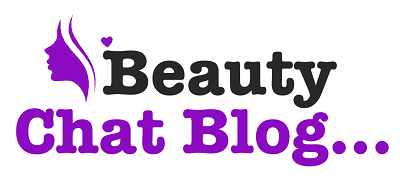What Is A CPAP Machine? How It Works, Pros, Cons, Other Options

The most common treatment for obstructive sleep apnea (also known as OSA), a disorder where your airways close during sleep, is called continuous positive airway pressure, or CPAP. There are three types of machines used to deliver the therapy: nasal masks, full face masks, and oral appliances. Each type has advantages and disadvantages.
Nasal mask machines work well for mild cases of OSA, but aren’t suitable for people with large noses or those who snore loudly. Full face mask machines are recommended for moderate to severe cases. Oral appliance machines are designed specifically for people who don’t tolerate wearing a mask.
What’s The Difference Between CPAP, APAP, And Bipap Machines?
If you’re looking for a way to help your child breathe better during sleep, there are three different kinds of breathing machines out there. Besides, you can purchase the CPAP macnines at cpapsupplyusa.com at affordable costs. The machines include continuous positive airway pressure (CPAP), automatic positive airway pressure (APAP), and bi-level positive airway pressure (BiPAP). You’ll probably see them referred to as CPAP, APAP and BiPap.
A CPAP device produces pressurized air at one constant pressure level. This is usually set at about five millimeters of mercury (mmHg) above atmospheric pressure. When you use it, it helps keep your airways open while you sleep.
An APAP machine continuously monitors your breathing patterns and makes small adjustments to the air pressure based on those patterns. It does this automatically without having to manually adjust the pressure every few hours.
A BiPAP machine works like an APAP device except it delivers air at two different pressures — high and low. This allows it help prevent snoring and obstructive sleep apnea. The most common type of breathing machine used today is known as a CPAP. A CPAP machine provides a consistent stream of pressurized air into your nose and throat via a mask.
Another popular option is an APAP machine. These work similarly to CPAP devices, but they make small adjustments to the pressure levels based on your breathing patterns.
Finally, BiPAP machines provide both lower and higher air pressures simultaneously. This allows them to offer some of the same benefits as CPAP and APAP machines, plus they can help treat symptoms of sleep apnea.
How Does A CPAP Machine Work?
CPAP machine’s compressor (also called a blower motor) generates a continuous stream or pressurized air that travels through an air filter into a tube. This tube delivers purified air from the CPAP machine into a mask that’s sealed around your nose or your mouth.
As you sleep, the airstrip from the CPAP machine presses against any blockages, open your airways so your lung receives enough oxygen. Without anything obstructing this airflow, your breathing doesn’t stop. As a result, you won’t repeatedly wake up in order resume breathing.
What Are the Pros and Cons of Using A CPAP Machine?
As with many types of treatments for sleep apnea, there are benefits and disadvantages to using a continuous positive airway pressure (CPAP) machine. While it’s true that most people find relief from the device, some do experience side effects. Here are a few of those potential problems.
Pros:
- Helps you fall asleep faster.
- Reduces daytime fatigue.
- Improves quality of life.
Cons:
- Can cause dry mouth.
- May feel like you don’t breathe properly.
- Causes nasal congestion.
- May increase risk of developing pneumonia.
- May lead to snoring.
Different Mask Types
There are many different kinds of CPAP masks. Some people use nasal pillows while others prefer full face masks. Each one has advantages and disadvantages. Here are some things to consider when choosing which type of mask works best for you.
Nasal Pillow Masks
These masks cover your nose and mouth. They usually come with a small plastic cap that fits over your nose. You put it on like a regular mask and strap it around your head. These masks do not require prongs to hold them in place.
Full Face Masks
Some CPAP masks look like traditional oxygen masks. Others resemble goggles. Full face masks go completely across your face. They often have straps that attach to your chin and forehead. There are several different styles of full face masks. Some are designed to work well with glasses. Others are designed to make wearing contacts easier.
Pronged Masks
These masks have metal prongs that fit into the nares. Prongs help keep the mask in place. If you pull off the mask, the prongs will keep it attached to your face. Most pronged masks have adjustable straps.







